Tourism Statistics of Azerbaijan: Trends & Forecasts 2025
Tourism is a mirror of a country. It reflects its history, culture, modernity, and dreams for the future. For Azerbaijan, located at the crossroads of East and West, tourism has always been more than just an economic sector. It is a way to tell the world about itself, showcasing a unique blend of traditions and modernity, fire and sea, mountains and plains.
Looking Back: From Soviet Resorts to Independence
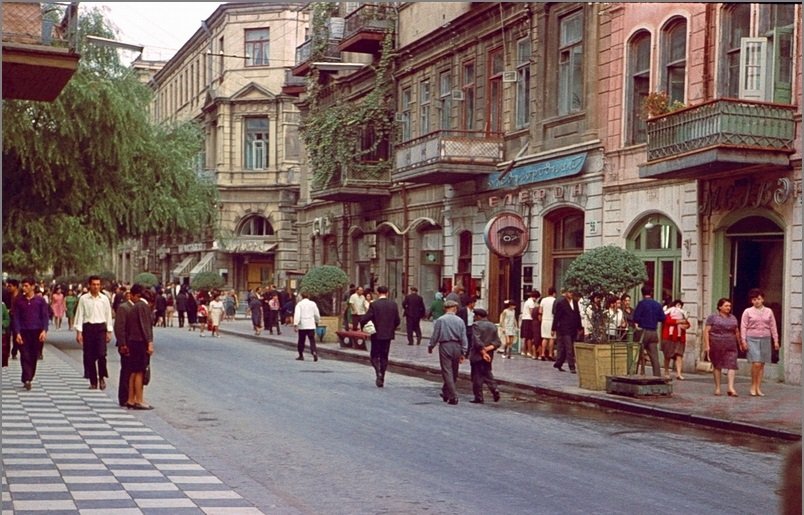
Even during the Soviet era, Azerbaijan was a popular destination. The Caspian coast, with its sanatoriums, beaches, and mild climate, attracted visitors from northern republics. Naftalan, known for its therapeutic oil, drew thousands seeking health, while Lankaran and Sheki offered fresh air, tea plantations, and mountain tranquility.
Tourism in the USSR was largely standardized: mass recreation centers, organized excursions, and uniform programs. Yet Azerbaijan stood out with its unique atmosphere. People came not only for the sea or treatment but also for the taste of plov, carpets, mugham music, and Eastern hospitality that could not be packaged into standard tourist formats.
After the Soviet Union collapsed, the country faced major challenges. Economic crisis, instability, and declining infrastructure made tourism a secondary industry. Tourist flows decreased significantly. However, this period became a time of reflection: Azerbaijan began building its own tourism brand, independent of Soviet legacy.
The Rebirth of Tourism
Since the early 2000s, the country has focused on investments and international events, aiming to put Azerbaijan on the world map.
> Eurovision 2012 was a true triumph. For several days, Baku became a stage for global stars, and millions of viewers saw the modern capital by the Caspian Sea for the first time.
> European Games (2015) confirmed that Azerbaijan could host large-scale events.
> Formula 1 (since 2016) turned Baku’s streets into one of the world’s most spectacular racing tracks. Tourists arrived not only for the races but also to explore the city.
These events became a driving force: new hotels were built, Heydar Aliyev Airport was modernized, and the transport infrastructure was improved.
Modern Tourism: Growth Before the Pandemic
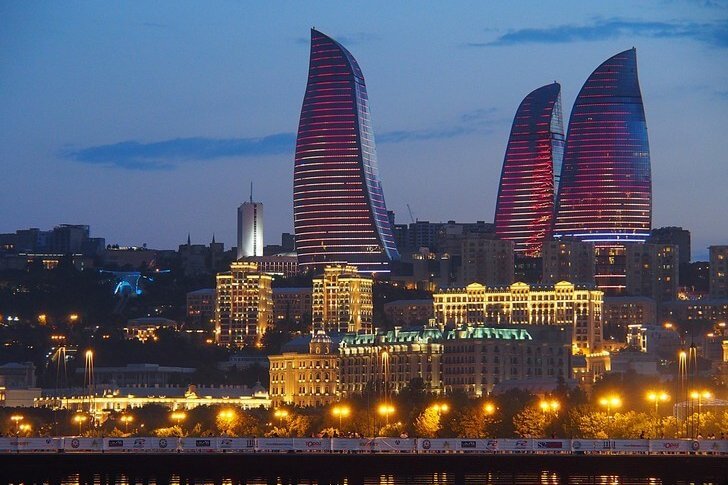
Before the pandemic, tourism showed steady growth. According to the State Tourism Agency, around 1.5 million tourists visited Azerbaijan in 2010. By 2015, this number rose to 2 million, and by 2019, it reached almost 3 million visitors.
Main source countries:
> Russia — the largest group of visitors;
> Georgia and Turkey — neighboring countries with historical ties;
> Iran — a cultural and geographical partner;
> Gulf countries — a growing segment attracted by mild climate and family-friendly opportunities.
By this time, Azerbaijan had over 700 hotels, including international chains like Hilton, Marriott, and Fairmont.
Tourists from China: A Growing Segment
China deserves special attention. In recent years, Azerbaijan has actively developed tourism cooperation with the PRC. Before the pandemic, the flow of tourists from China showed steady growth — facilitated by direct flights, visa relaxations, and Chinese travelers’ interest in the Silk Road, of which Azerbaijan is a part.
In 2019, over 35,000 tourists from China visited the country, setting a record.
After the pandemic, the number has not yet returned to pre-pandemic levels, but recovery is progressing rapidly.
Azerbaijan focuses on promoting itself in Chinese media: tourist offices are opening, and “Azerbaijan Days” are being held in Beijing and Shanghai.
For Chinese visitors, the main attractions include cultural heritage sites (Icherisheher, Sheki, Gobustan), gastronomy (tea, pomegranates, Azerbaijani cuisine), as well as shopping and luxury leisure in Baku.
By this time, tourism accounted for about 4% of GDP, and the government considered this sector one of the most promising.
The Pandemic: Sharp Decline and Adaptation
2020 was a turning point: tourist arrivals dropped by almost 80%. Empty hotels, closed airports, and canceled events threatened the sector’s growth.
However, the crisis stimulated domestic tourism. Residents began discovering regions such as Gabala, Shahdag, Sheki, and Lankaran. New agrotourism routes emerged, allowing visitors to stay in villages, learn about winemaking, and participate in local festivals.
Digitalization accelerated: bookings moved online, tourism advertising shifted to social media, and virtual tours kept global interest alive even with closed borders.
The Future: Plans and Opportunities
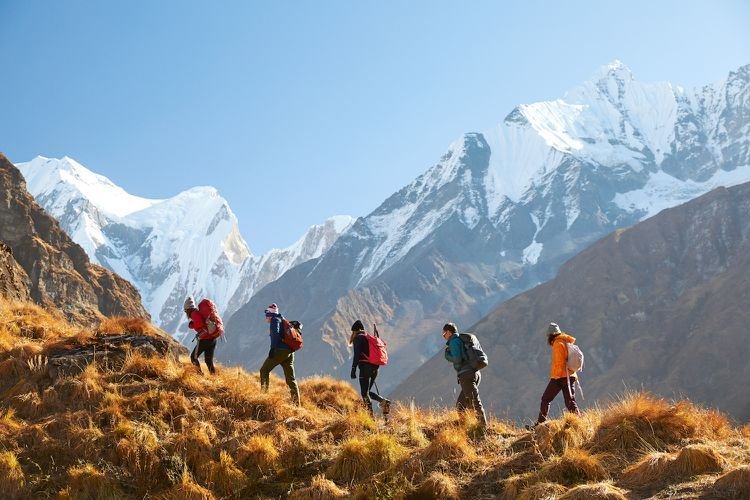
By 2022, tourism started recovering, with foreign visitor numbers rising more than 50% compared to the pandemic low. Ambitious plans aim to attract 5 million tourists by 2030.
Azerbaijan is developing several directions:
> Cultural tourism: Old City of Baku (Icherisheher), Sheki, palaces, and fortresses;
> Beach holidays: Absheron, Bilgah, Lankaran, Nabran;
> Ski resorts: Shahdag and Tufandag;
> Gastronomic tourism: national cuisine, wine, pomegranate festivals;
> Medical tourism: Naftalan sanatoriums;
> Eco and agrotourism: national park tours, rural trips with ethnographic elements.
Experts emphasize that Azerbaijan’s main value lies in its diversity. Within a small territory coexist the Caspian Sea and the Caucasus Mountains, steppes and subtropics, medieval fortresses and modern skyscrapers.
The history of tourism in Azerbaijan is a story of transformation. From Soviet sanatoriums to modern Baku skyscrapers and world-class resorts, from crises and declines to ambitious plans and new travel formats. Today, Azerbaijan faces challenges — competition, environmental issues, and the need to improve service quality. But it already possesses the most important assets: a unique blend of East and West, hospitality, nature, and culture that cannot be replicated.
Azerbaijan is opening up to the world, and recent statistics prove that the world is increasingly ready to discover this remarkable country.


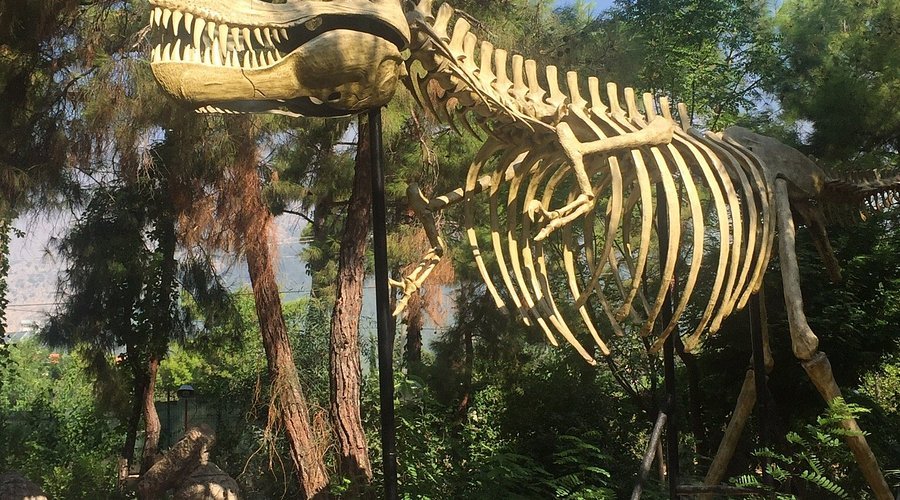
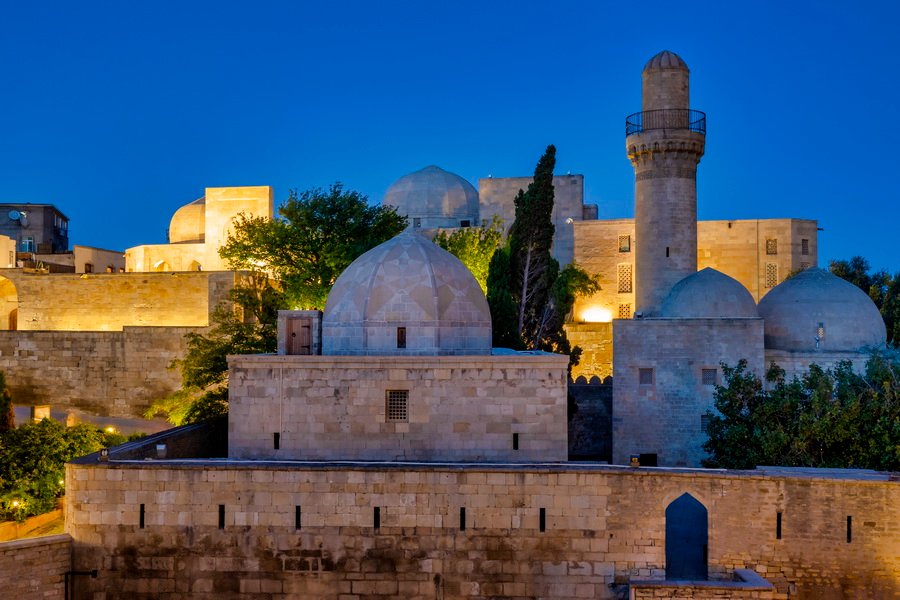
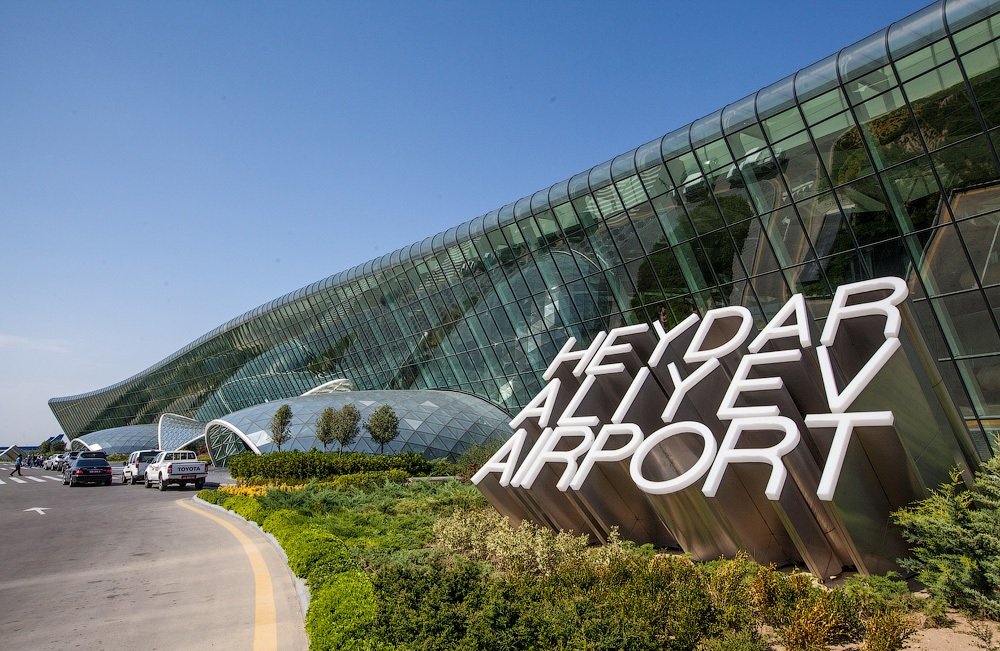
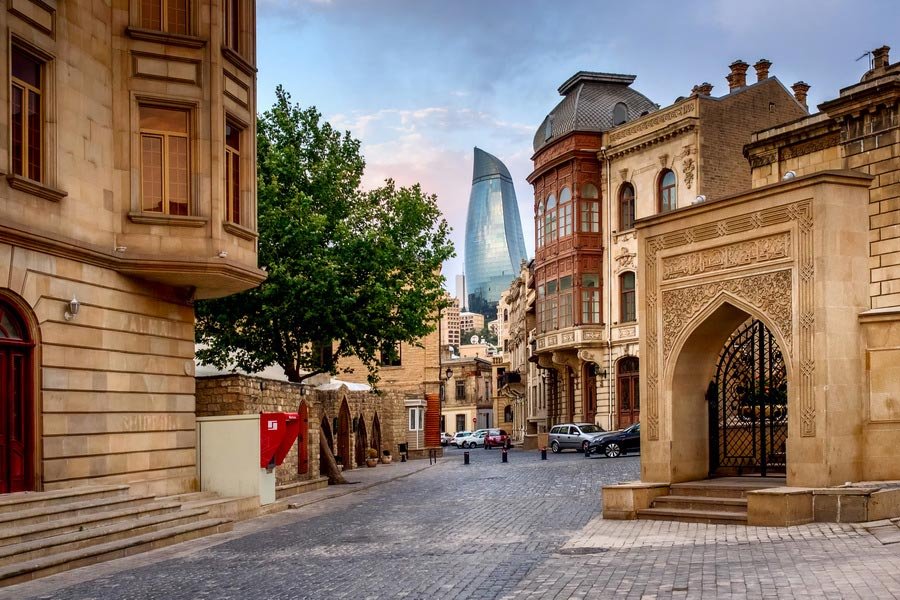
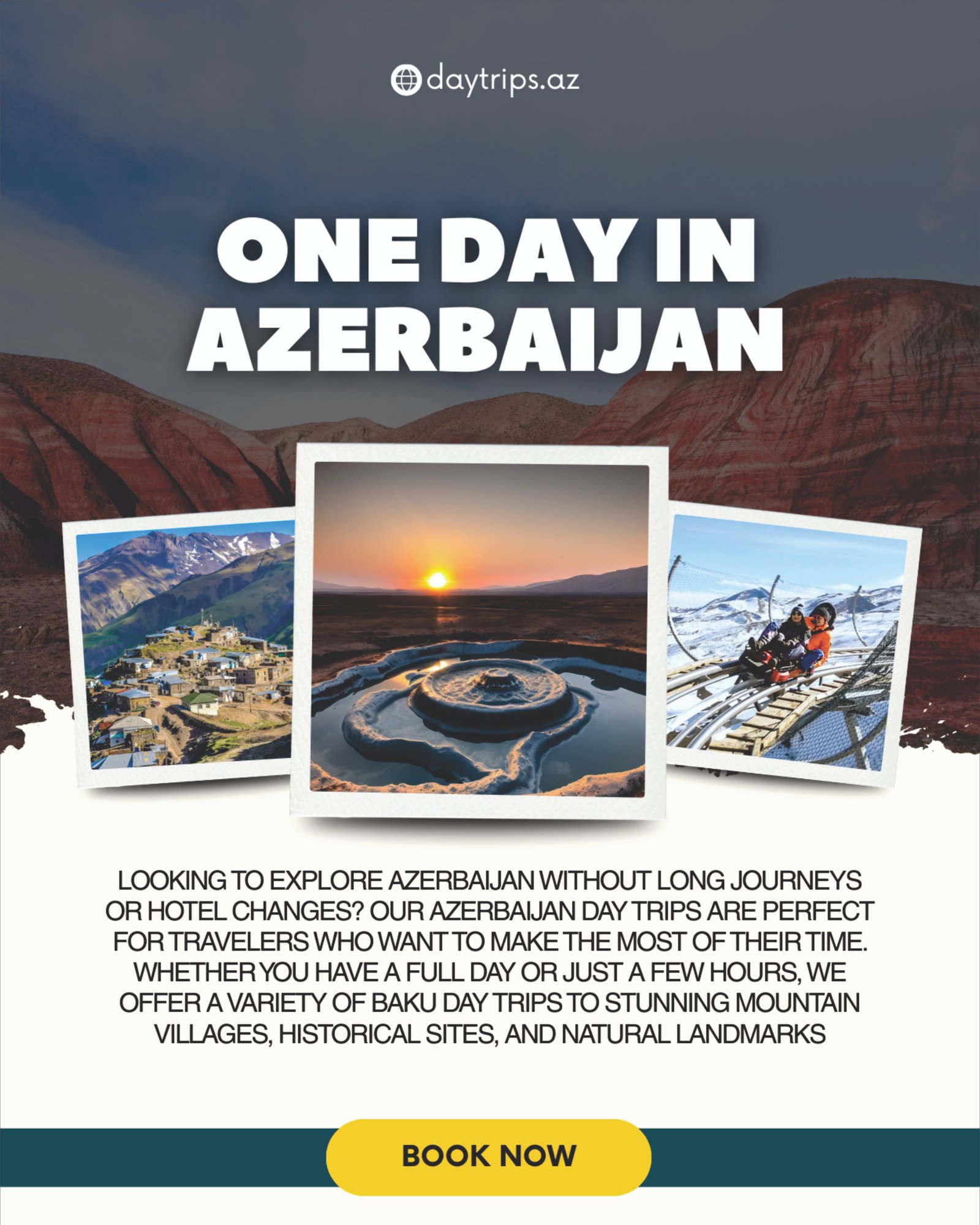
.jpg)
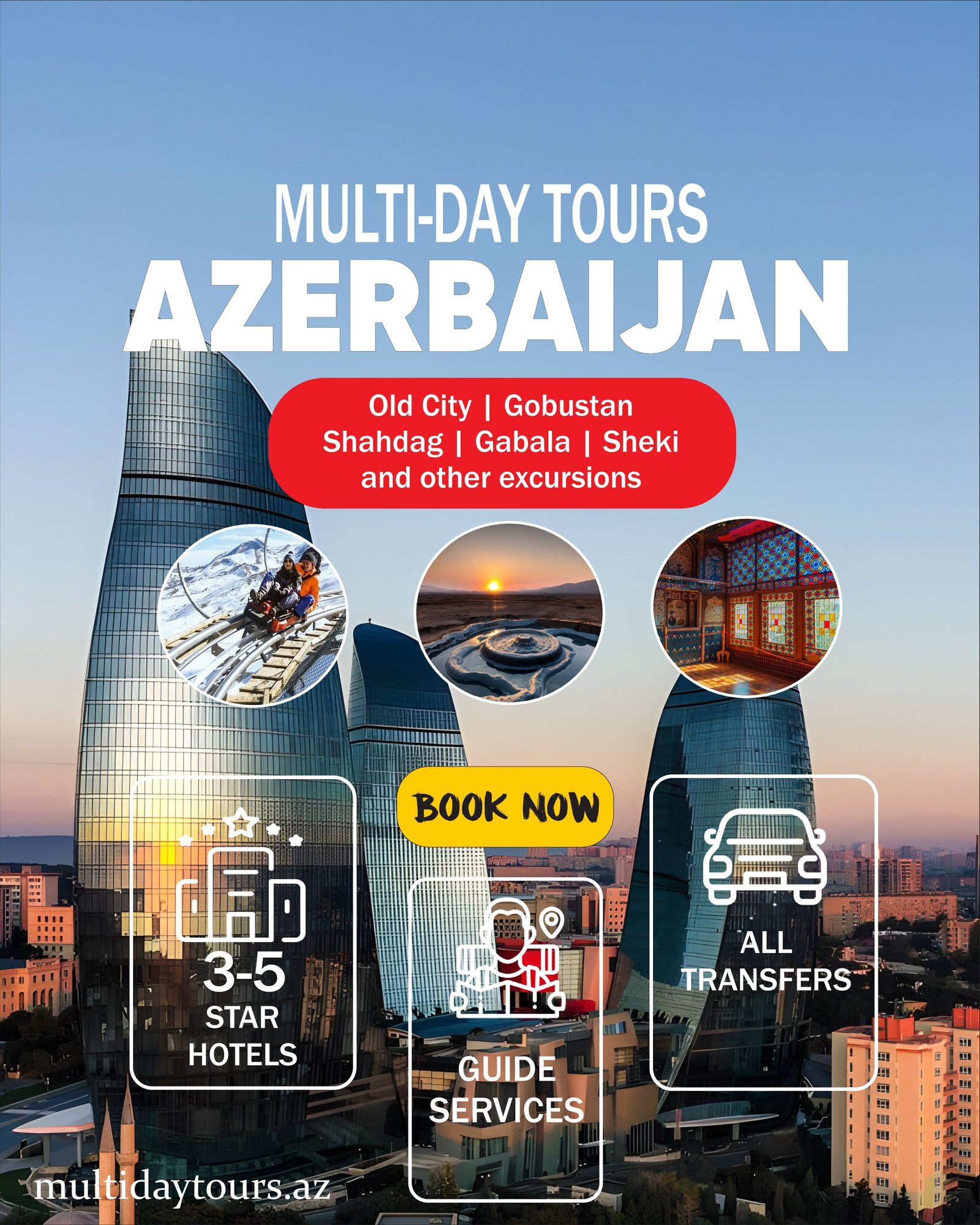



Comments
No comments yet.
Leave a Comment